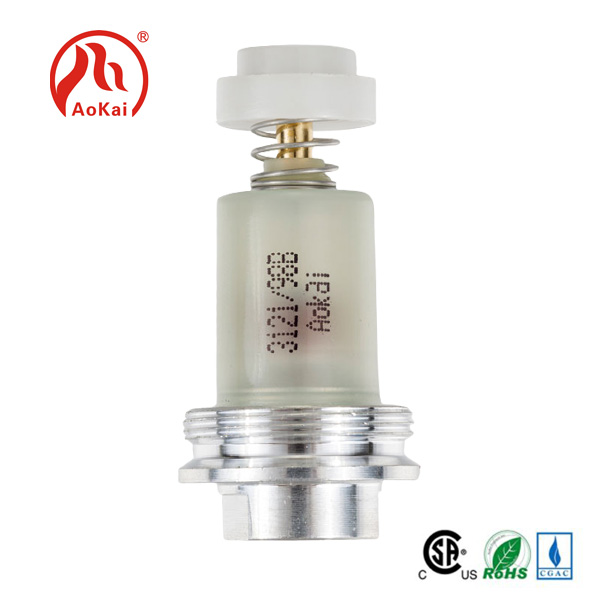Why Choose a Solenoid Valve?
2025-08-12
Solenoid valves are essential components in countless industrial, commercial, and residential applications. They control the flow of liquids and gases with precision, ensuring efficient and reliable operation in systems ranging from irrigation to medical equipment. But why should you choose a solenoid valve over other types of valves? How does it work, and what makes it superior in specific scenarios?
In this guide, we’ll explore the advantages of solenoid valves, their working mechanism, key technical specifications, and common questions users have. Whether you're an engineer, technician, or business owner, understanding these factors will help you make the best decision for your application.
1. How Does a Solenoid Valve Work?
A solenoid valve operates using an electromagnetic coil (solenoid) that opens or closes the valve when an electrical current is applied. Here’s a simplified breakdown of its function:
Energized State (Open): When electricity flows through the coil, it generates a magnetic field that lifts the plunger, allowing fluid or gas to pass.
De-energized State (Closed): Once power is cut, a spring (or gravity) returns the plunger to its original position, shutting off the flow.
This quick response time (often milliseconds) makes solenoid valves ideal for applications requiring rapid switching, such as in automation systems, HVAC controls, and fuel injection.
2. Key Technical Specifications of Solenoid Valves
When selecting a solenoid valve, several parameters determine its suitability for your needs. Below is a structured overview:
|
||||||||||||||||||
|---|---|---|---|---|---|---|---|---|---|---|---|---|---|---|---|---|---|---|
These specifications ensure compatibility with different media (water, oil, air, gas) and environmental conditions.
3. Solenoid Valve Common Questions (FAQ)
Q1: What is the difference between a Normally Open (NO) and Normally Closed (NC) solenoid valve?
A: A Normally Closed (NC) valve stays shut when de-energized and opens only when powered. Conversely, a Normally Open (NO) valve remains open without power and closes when energized. NC valves are more common in safety-critical applications where fail-safe closure is needed.
Q2: Can a solenoid valve be used for both liquids and gases?
A: Yes, but the valve must be designed for the specific medium. For example, valves for gases often have tighter seals to prevent leaks, while liquid-compatible valves may need corrosion-resistant materials. Always check the manufacturer’s specifications before installation.
4. Why Trust Aokai for Your Solenoid Valve Needs
At Aokai, we specialize in high-performance solenoid valves designed for durability and precision. Our products undergo rigorous testing to meet international standards, ensuring reliability in demanding environments. Whether you need a compact valve for medical equipment or a heavy-duty industrial model, we provide solutions tailored to your requirements.
By choosing Aokai, you’re investing in quality, efficiency, and long-term performance. Let our experts help you find the perfect solenoid valve for your application.
This comprehensive guide covers the fundamentals of solenoid valves, their technical aspects, and practical considerations. Whether you're upgrading an existing system or designing a new one, understanding these factors ensures optimal performance and longevity.



